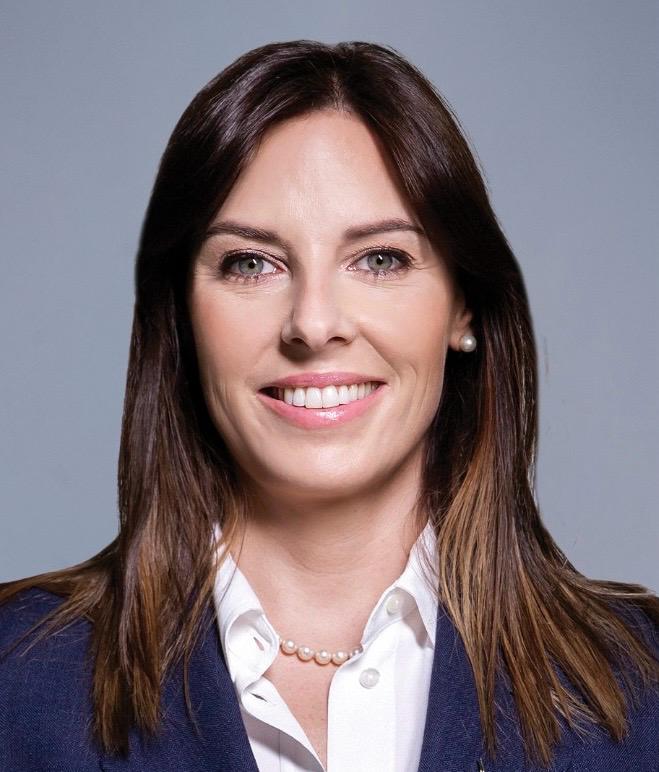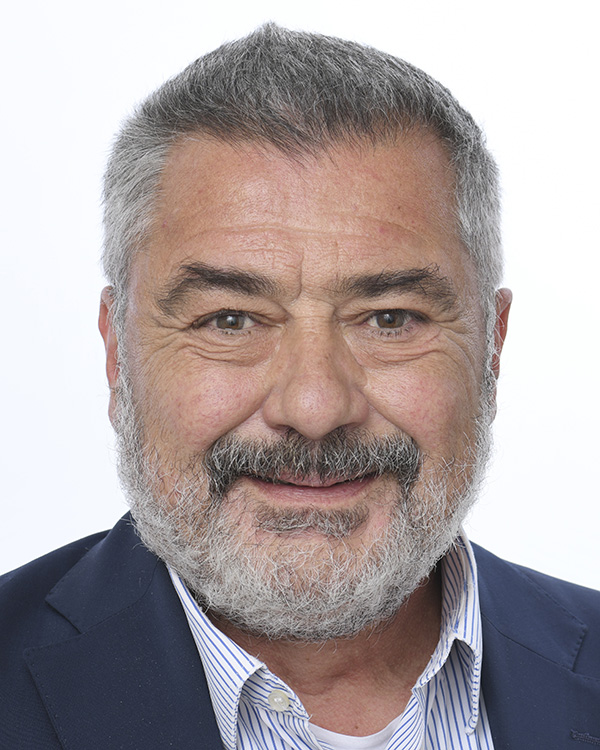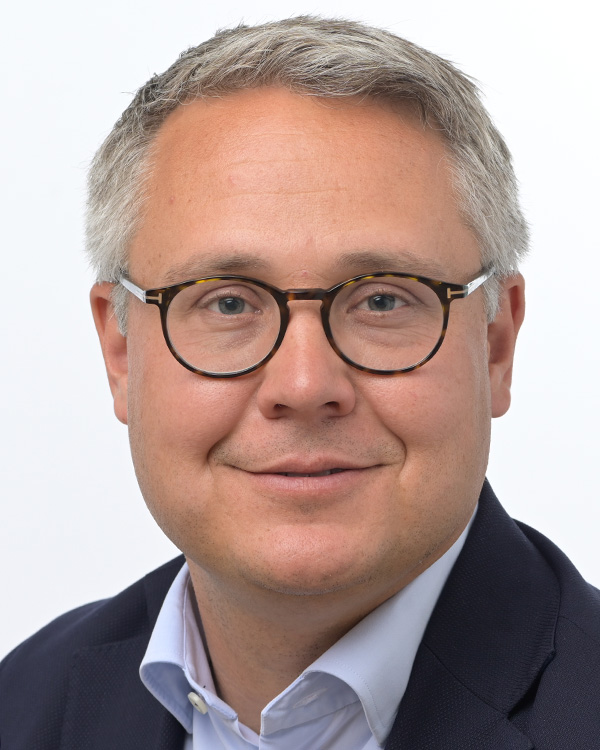
Choisissez la langue de votre document :
- bg - български
- es - español
- cs - čeština
- da - dansk
- de - Deutsch
- et - eesti keel
- el - ελληνικά
- en - English
- fr - français
- ga - Gaeilge
- hr - hrvatski
- it - italiano
- lv - latviešu valoda
- lt - lietuvių kalba
- hu - magyar
- mt - Malti
- nl - Nederlands
- pl - polski
- pt - português
- ro - română
- sk - slovenčina
- sl - slovenščina
- fi - suomi
- sv - svenska
|
| Procedūra : 2020/2531(RSP) |
| Dokumentų priėmimo eiga : | ||||||
Pateikti tekstai : O-000044/2020 (B9-0013/2020) | Debatai : PV 09/07/2020 - 14CRE 09/07/2020 - 14 | Balsavimas : | Priimti tekstai : | |||
| Posėdžio stenograma |
|
|
| Ketvirtadienis, 2020 m. liepos 9 d. - Briuselis |
|
| Atnaujinta: 2020 m. rugsėjo 22 d. | Teisinė informacija - Privatumo politika |













